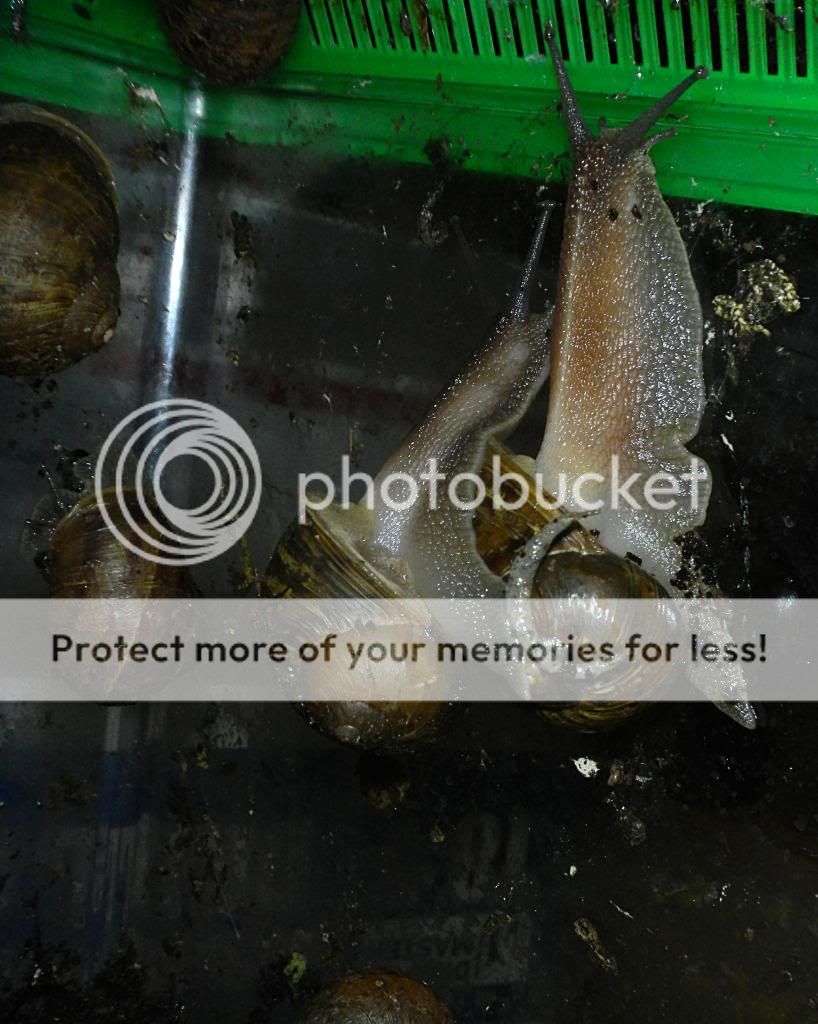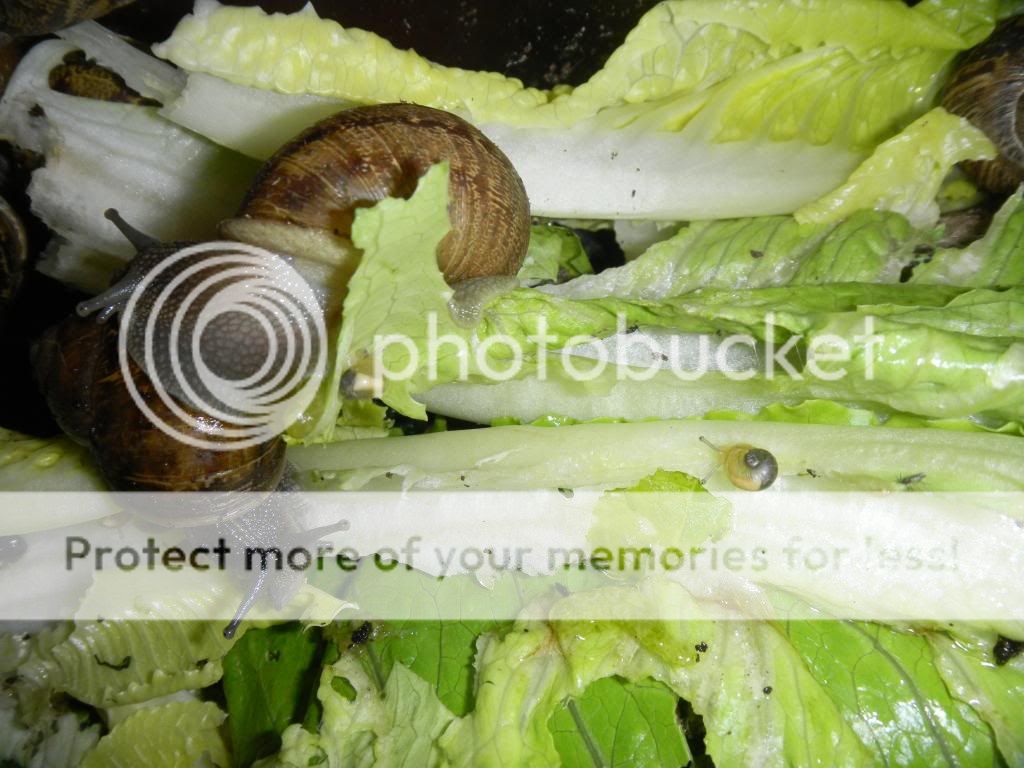dropanuke
Member
Hey guys what is the absolute best and most nutritional diet I can give my nosy be?
I'm thinking about dubia roaches instead of crickets now?
He loves locusts, what grubs/worms can I use as part of his staple other than meal worms?
On a side note is it me or am I lucky that the 2 chameleons Iv owned (dizzy) and now (bowser) they both are so willing to be held? Bowser literally runs as fast as a tarantula at full speed to the door when I open up!
I'm thinking about dubia roaches instead of crickets now?
He loves locusts, what grubs/worms can I use as part of his staple other than meal worms?
On a side note is it me or am I lucky that the 2 chameleons Iv owned (dizzy) and now (bowser) they both are so willing to be held? Bowser literally runs as fast as a tarantula at full speed to the door when I open up!






